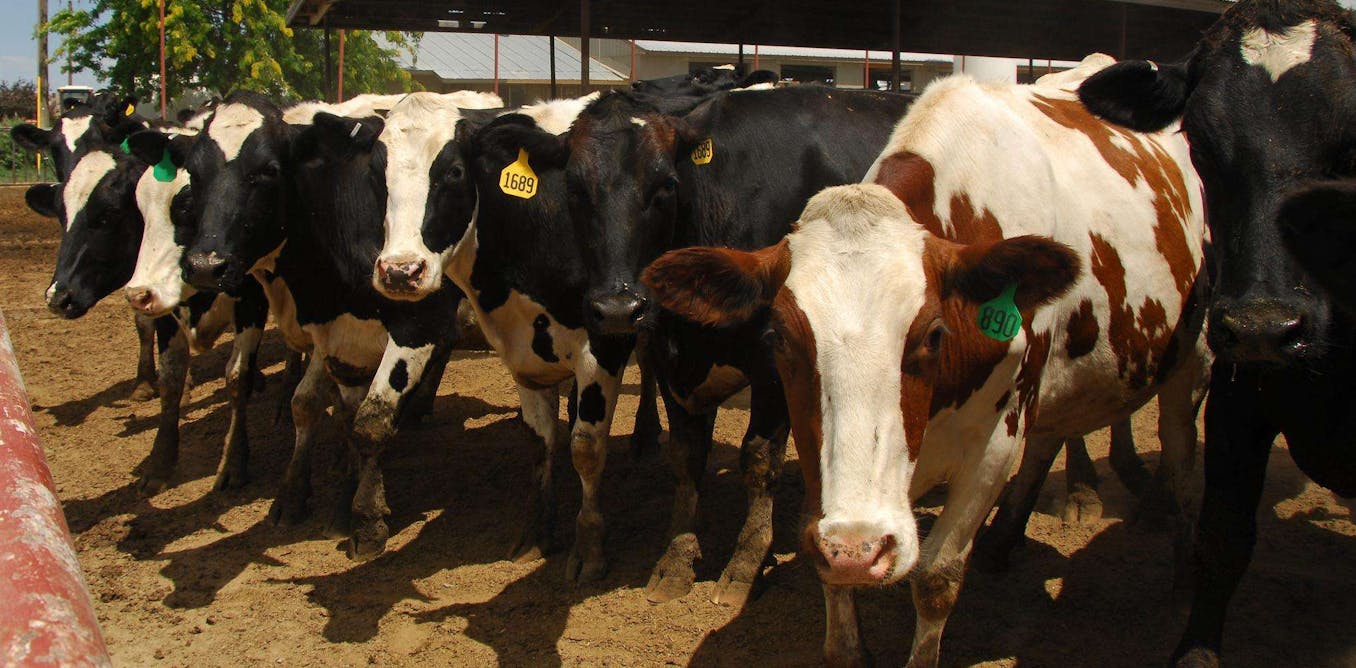Source: https://www.denverpost.com/2023/02/0...ar-lion-skunk/
Bird flu infects Colorado mountain lion, black bear and skunk, all now dead
The highly pathogenic avian influenza has killed thousands of wild birds and has now infected more Colorado wildlife
By Conrad Swanson | cswanson@denverpost.com | The Denver Post
PUBLISHED: February 9, 2023 at 4:48 p.m. | UPDATED: February 9, 2023 at 7:23 p.m.
Three animals in Colorado, each of them now dead, tested positive for the highly pathogenic avian influenza that’s sweeping across the country, state wildlife officials said in a release.
The H5N1 variant of the bird flu is ravaging bird populations across the world. Mammals, including humans, can also catch it.
State Parks and Wildlife officials first confirmed this strain of the bird flu among wild geese in northeast Colorado last March, agency spokesman Travis Duncan said in a release. Now they’ve confirmed three cases of the virus in mammals, which showed signs of neurologic symptoms, general weakness and organ damage before their deaths.
First came a black bear in Huerfano County, which state wildlife officials euthanized after seeing it suffer from seizures, Duncan said. The animal’s remains froze in the wild until it thawed enough to be taken to a health lab for testing, which confirmed traces of H5N1.
Then, a skunk from Weld County tested positive for the virus in November, Duncan said.
And finally, in mid-January, a mountain lion was found dead in Gunnison County, Duncan said. The lion also tested positive for H5N1 and suffered liver damage and bronchointerstitial pneumonia.
“Similar to many local species, mountain lions move through our communities on a regular basis as they travel between seasonal ranges throughout the year,” Brandon Diamond, a Parks and Wildlife manager, said in the release. “It was only a matter of time before the first (bird flu) case was confirmed in Gunnison County based on known cases in adjacent counties.”
Other cases of the virus in Colorado mammals await testing confirmation, Duncan said. Mammals typically contract the virus after feeding on infected birds.
Humans should avoid contact with sick or dead birds, Duncan added...
Bird flu infects Colorado mountain lion, black bear and skunk, all now dead
The highly pathogenic avian influenza has killed thousands of wild birds and has now infected more Colorado wildlife
By Conrad Swanson | cswanson@denverpost.com | The Denver Post
PUBLISHED: February 9, 2023 at 4:48 p.m. | UPDATED: February 9, 2023 at 7:23 p.m.
Three animals in Colorado, each of them now dead, tested positive for the highly pathogenic avian influenza that’s sweeping across the country, state wildlife officials said in a release.
The H5N1 variant of the bird flu is ravaging bird populations across the world. Mammals, including humans, can also catch it.
State Parks and Wildlife officials first confirmed this strain of the bird flu among wild geese in northeast Colorado last March, agency spokesman Travis Duncan said in a release. Now they’ve confirmed three cases of the virus in mammals, which showed signs of neurologic symptoms, general weakness and organ damage before their deaths.
First came a black bear in Huerfano County, which state wildlife officials euthanized after seeing it suffer from seizures, Duncan said. The animal’s remains froze in the wild until it thawed enough to be taken to a health lab for testing, which confirmed traces of H5N1.
Then, a skunk from Weld County tested positive for the virus in November, Duncan said.
And finally, in mid-January, a mountain lion was found dead in Gunnison County, Duncan said. The lion also tested positive for H5N1 and suffered liver damage and bronchointerstitial pneumonia.
“Similar to many local species, mountain lions move through our communities on a regular basis as they travel between seasonal ranges throughout the year,” Brandon Diamond, a Parks and Wildlife manager, said in the release. “It was only a matter of time before the first (bird flu) case was confirmed in Gunnison County based on known cases in adjacent counties.”
Other cases of the virus in Colorado mammals await testing confirmation, Duncan said. Mammals typically contract the virus after feeding on infected birds.
Humans should avoid contact with sick or dead birds, Duncan added...








Comment